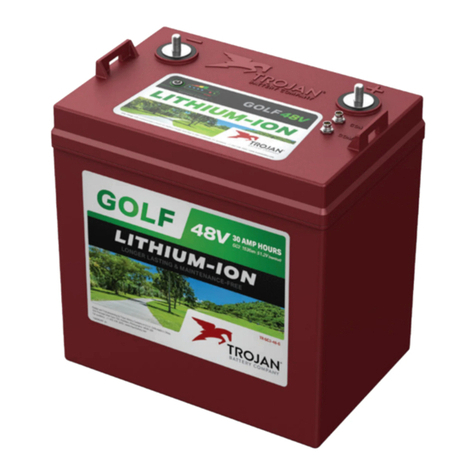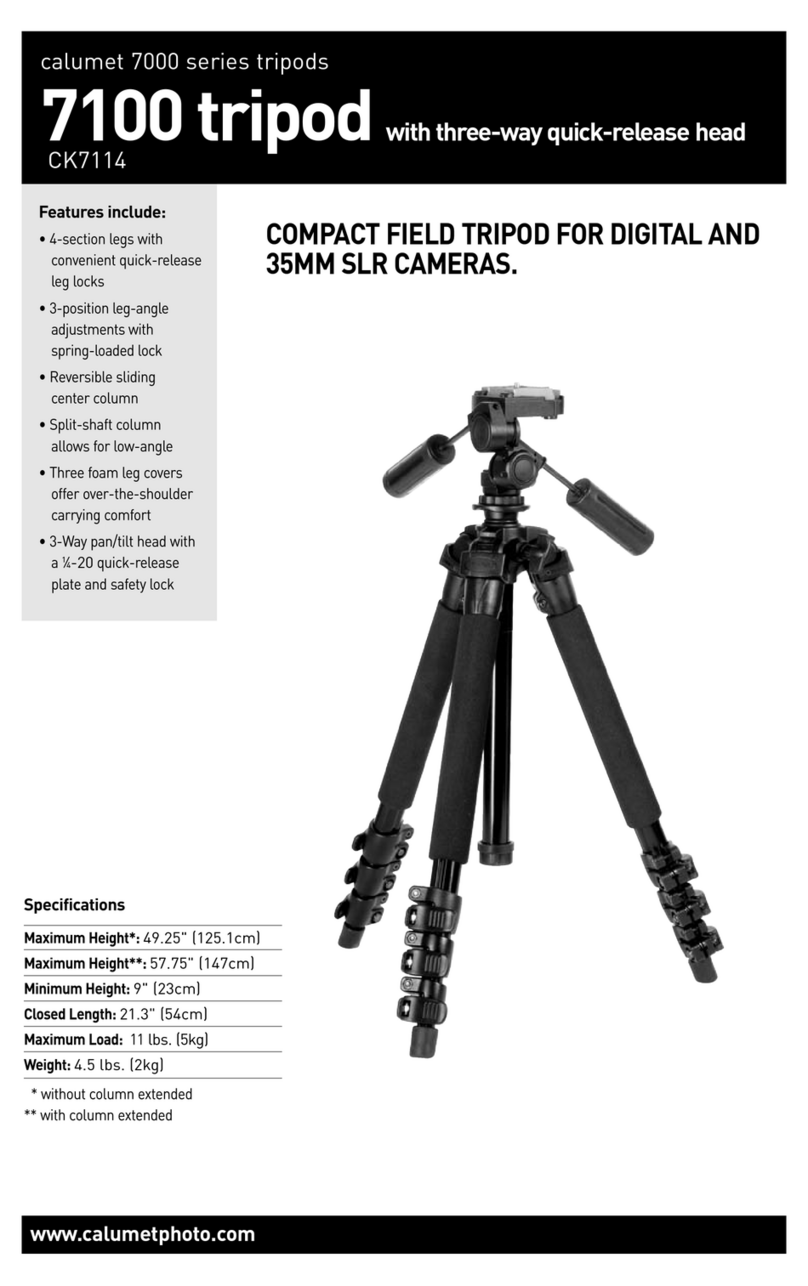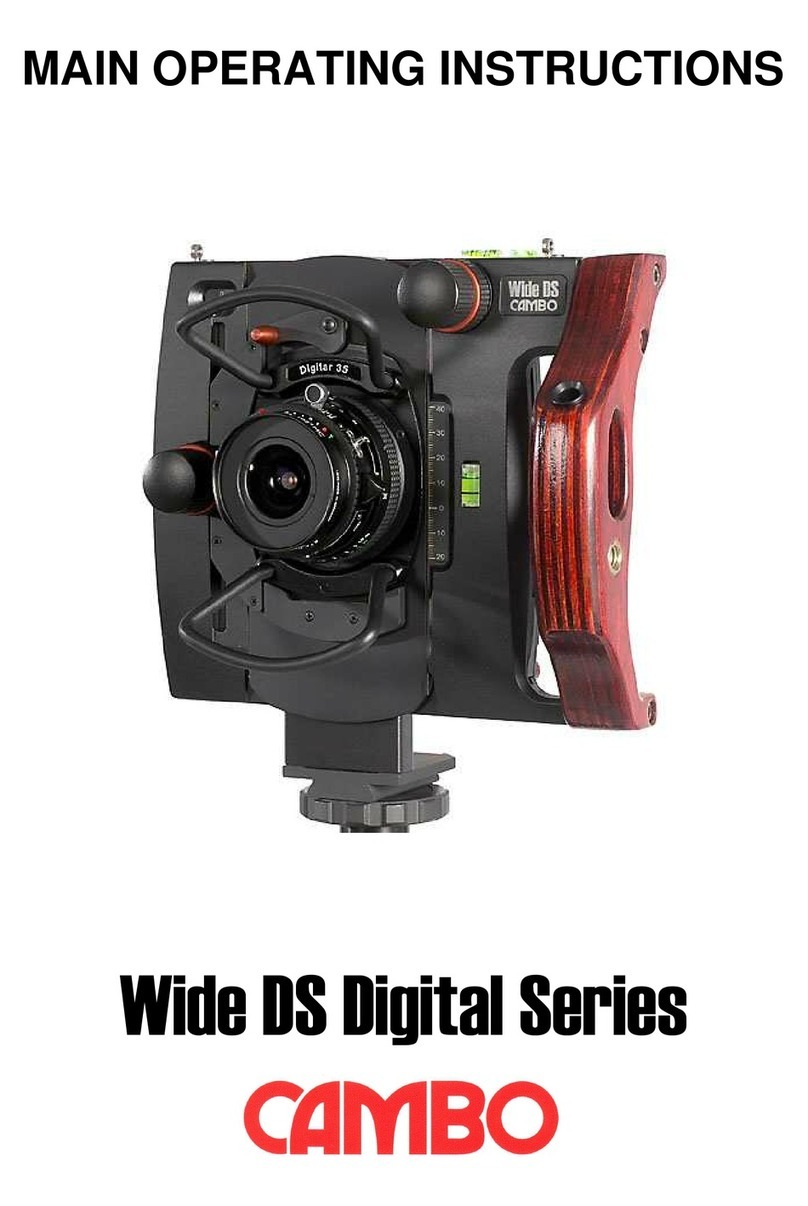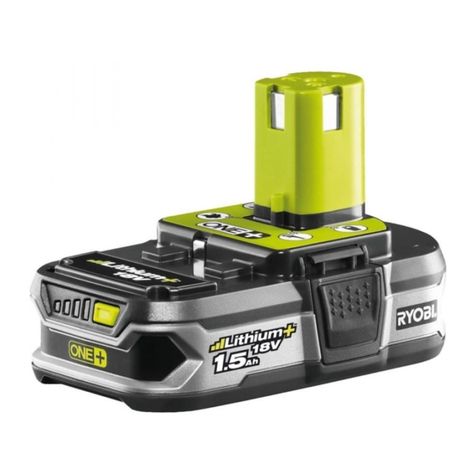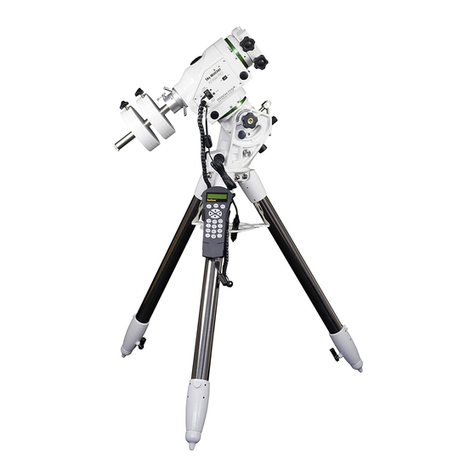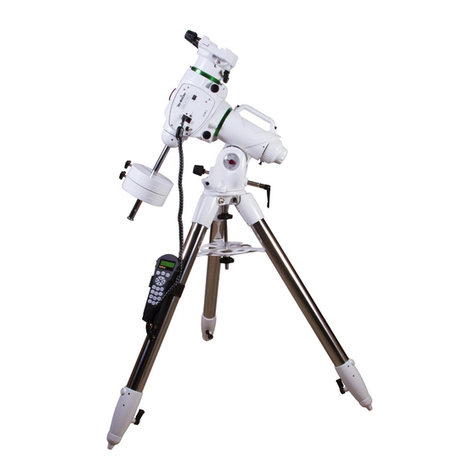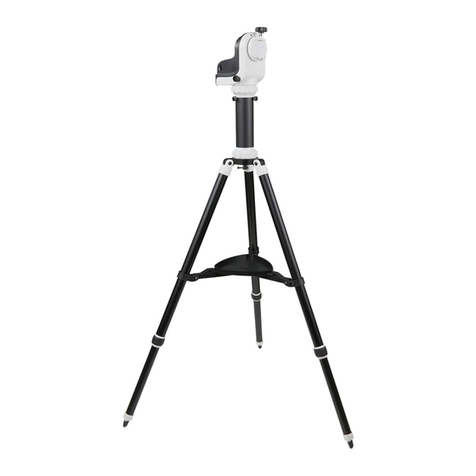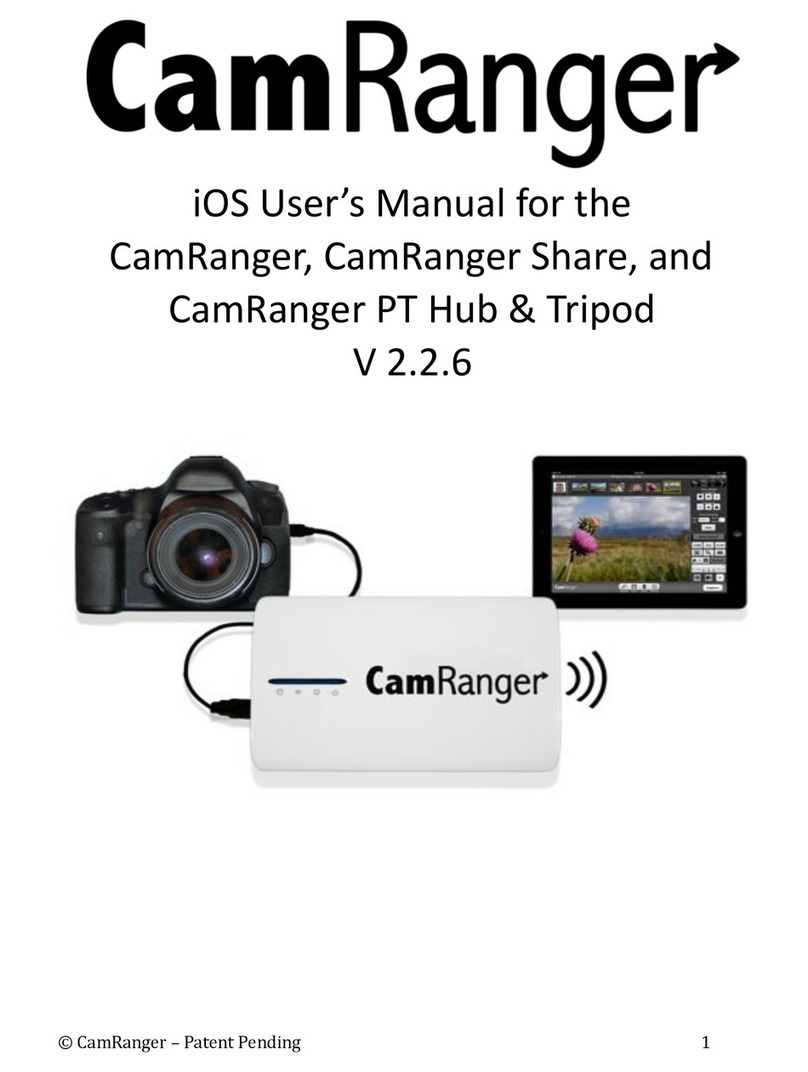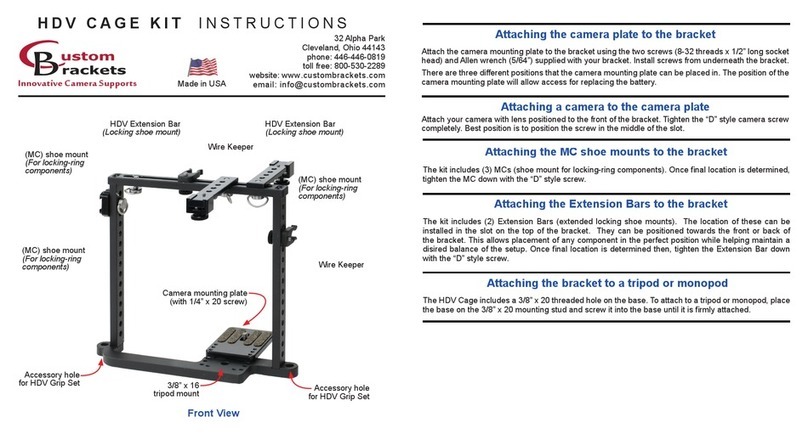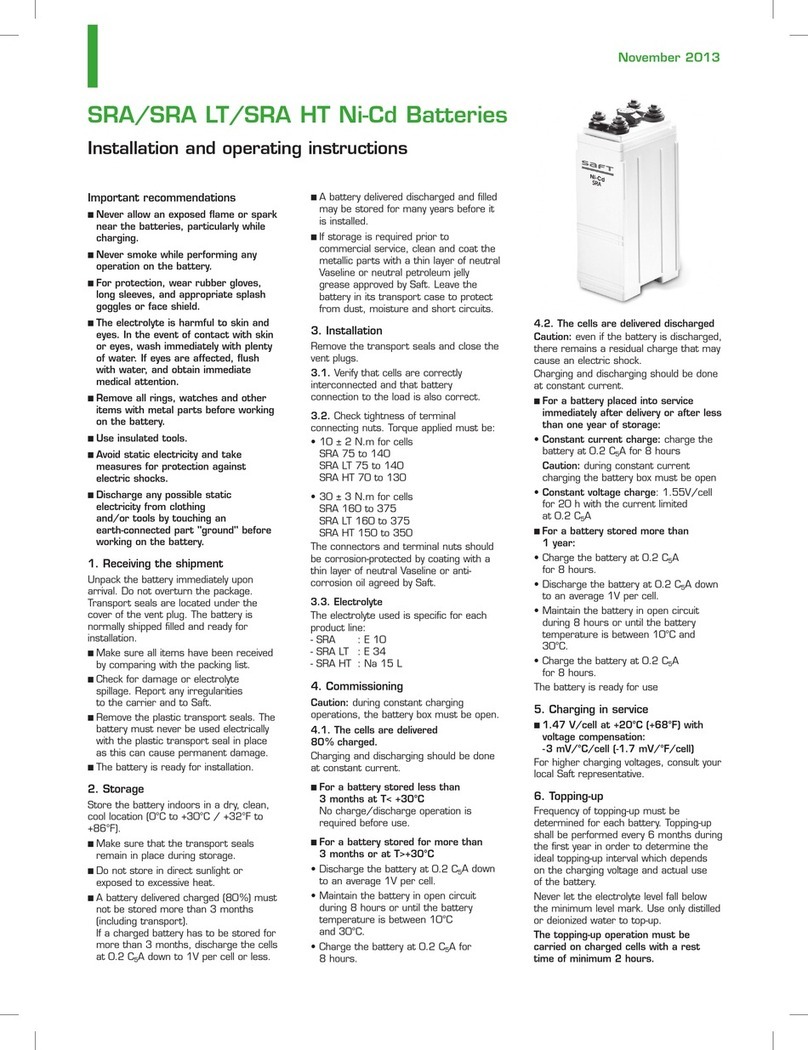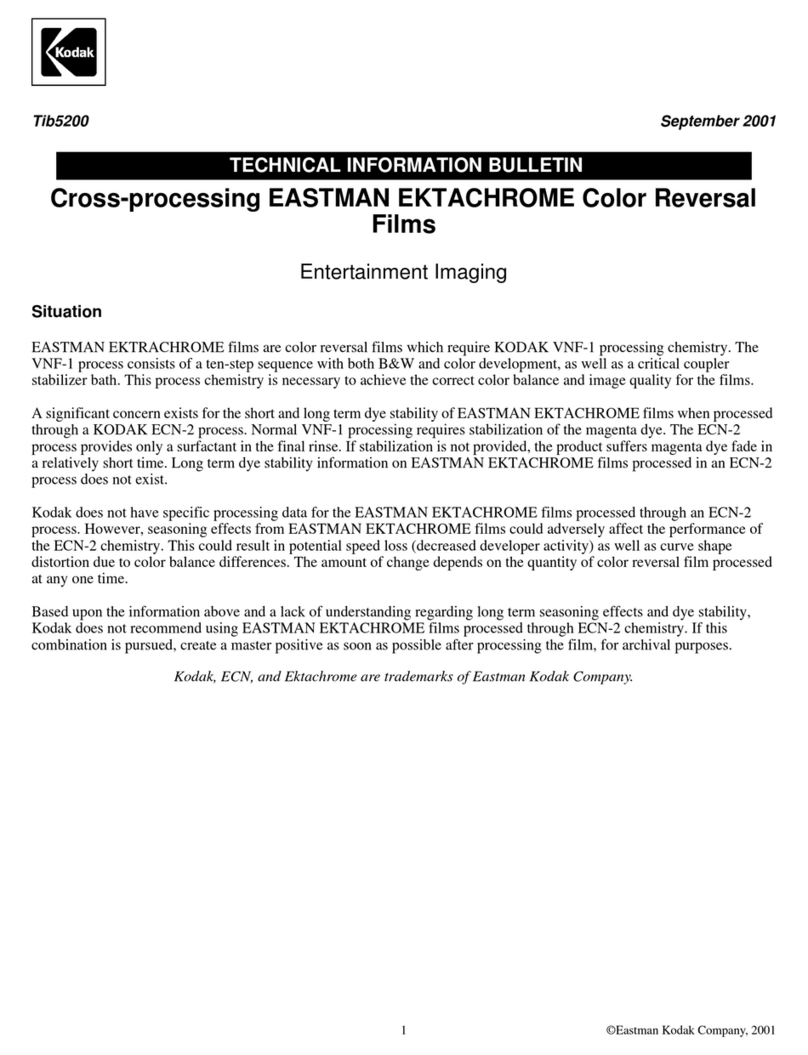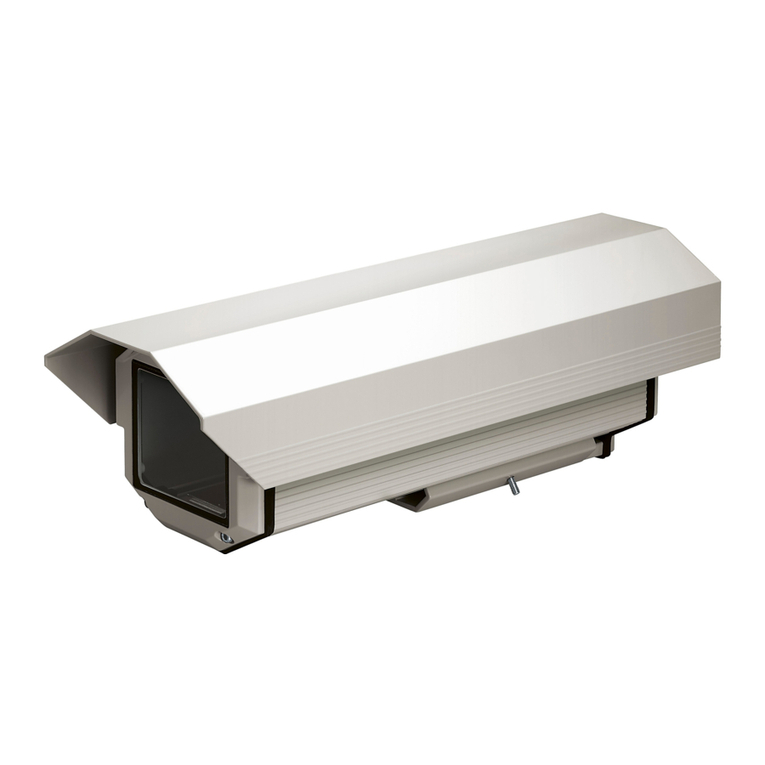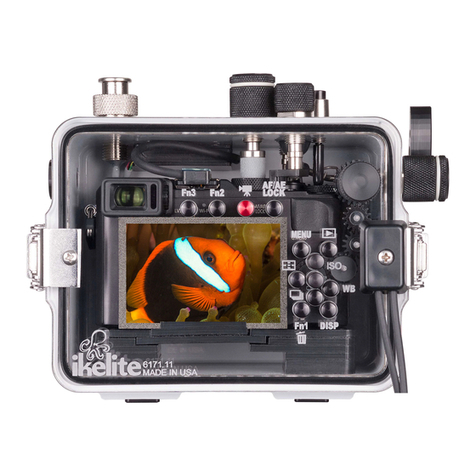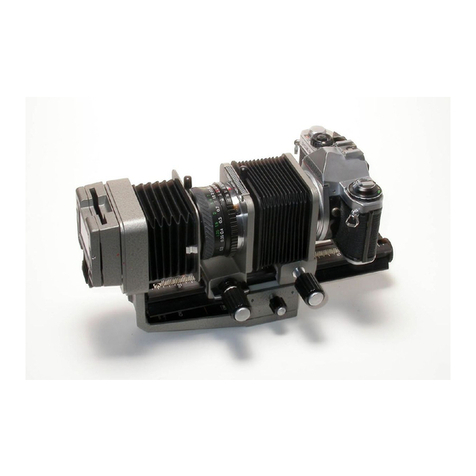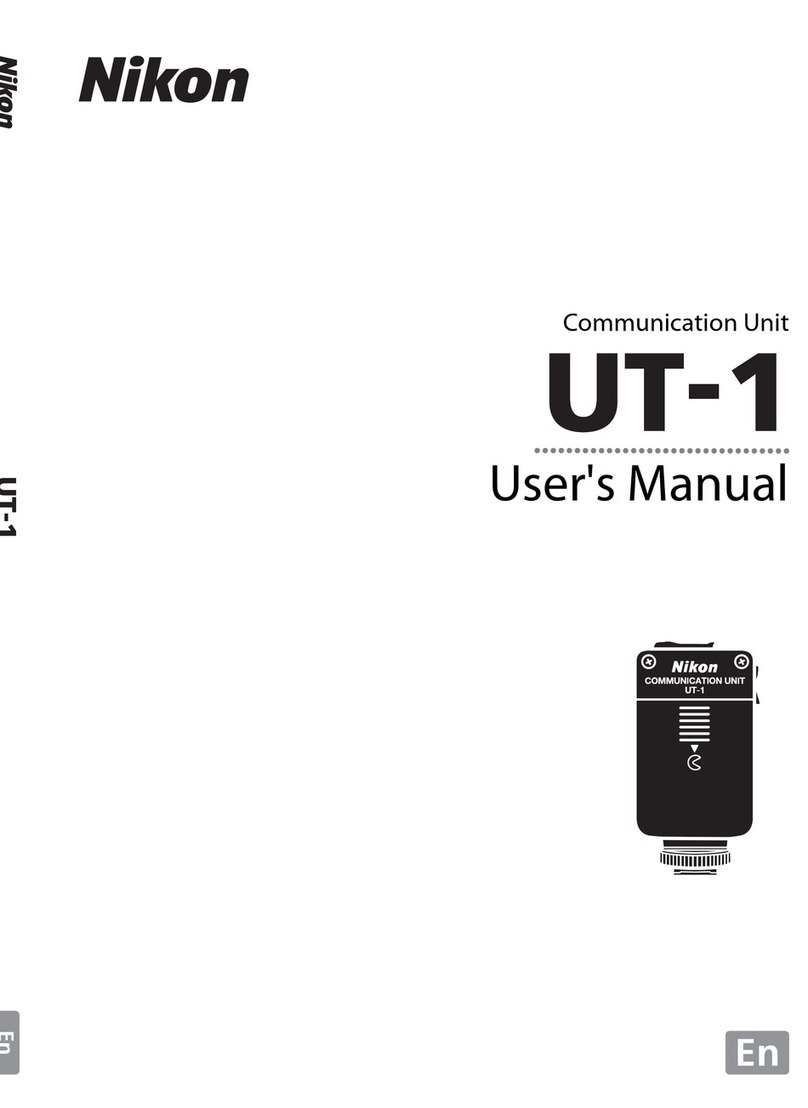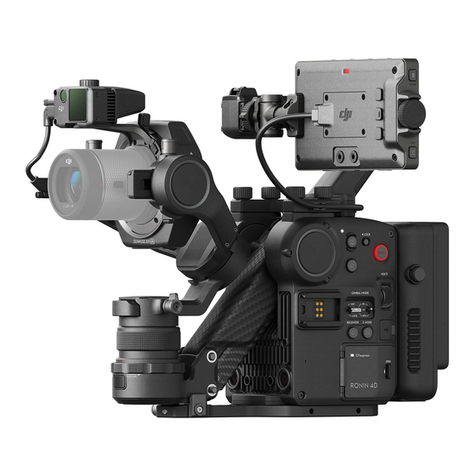Basic Power Up, WiFi Connecon and Status In-
dicators
This secon describes the basic power up and WiFi connecon
for SAM. Details on how to physically set up SAM for specic uses
(e.g., astrophotography) is provided in the relevant secons. Please
familiarize yourself with the basic power up procedures and status
indicators before moving on to more advanced uses.
Power Sources: SAM can be operated with 2x AA type baeries or
via USB from a 5v AC/USB adapter or USB port of a computer. NOTE:
You will need to supply power to SAM by one or the other of these
methods in order to conrm the details you read in this secon.
Power On: Push and hold the power buon unl the red Power
LED lights up. The Polar View Finder LED will also light up, and the
green WiFi LED will start to blink indicang that the built-in WiFi is
acvated and ready for connecon.
Connect to WiFi: Once power is applied, go to the “Sengs > WiFi”
for your phone, then search for and join the WiFi access point
“SynScanWiFi_xxxxxx”.
Start the Star Adventurer mini Console: Once WiFi is connected
you can run the Star Adventurer mini Console to access its many
features. See specic details in the relevant secons.
Power O: Push and hold the Power Buon for about 5 seconds to
turn o the power.
Reconnecng the WiFi Aer a Timeout: In the absence of WiFi
trac the built-in WiFi will be turned o and the green WiFi indicator
light exnguished. The default me-out is 10 minutes but you can
set it to other values using the Star Adventurer mini Console. To
resume WiFi, press the power buon briey unl the green WiFi
LED comes back on, then release the power buon. Re-connect to
LED Status Indicators
Red LED O: e Power is O.
Red LED Solid On: Power is on and system is normal.
Red LED Slow Blink: Low Battery Level / Firmware
Update in Progress. e red LED blinks 2 times per
second when the battery level is lower than 2.3V, or
during rmware upgrades.
Red LED Fast Blink: e red LED blinks 3 times per
second to indicate motor speed errors exceeding 5%
and/or motor stalls that last over 5 seconds. Speed
errors can be caused by overloading the mount and by
low battery levels. To correct a speed error reduce the
load or supply new batteries. Motor stalls are usually
due to obstructions of the mount so that it cannot
rotate. In the case of motor stalls, remove the cause of
the block then restart your task.
Green LED O: WiFi is turned o.
Green LED Blinking: WiFi is activated and ready for
connection.
Green LED Solid On: WiFi is connected and Star
Adventurer mini Console is running.
View Finder LED Blinking: Current photography
process has nished. Cleared aer APP re-connects.
Green LED Red LED
9
